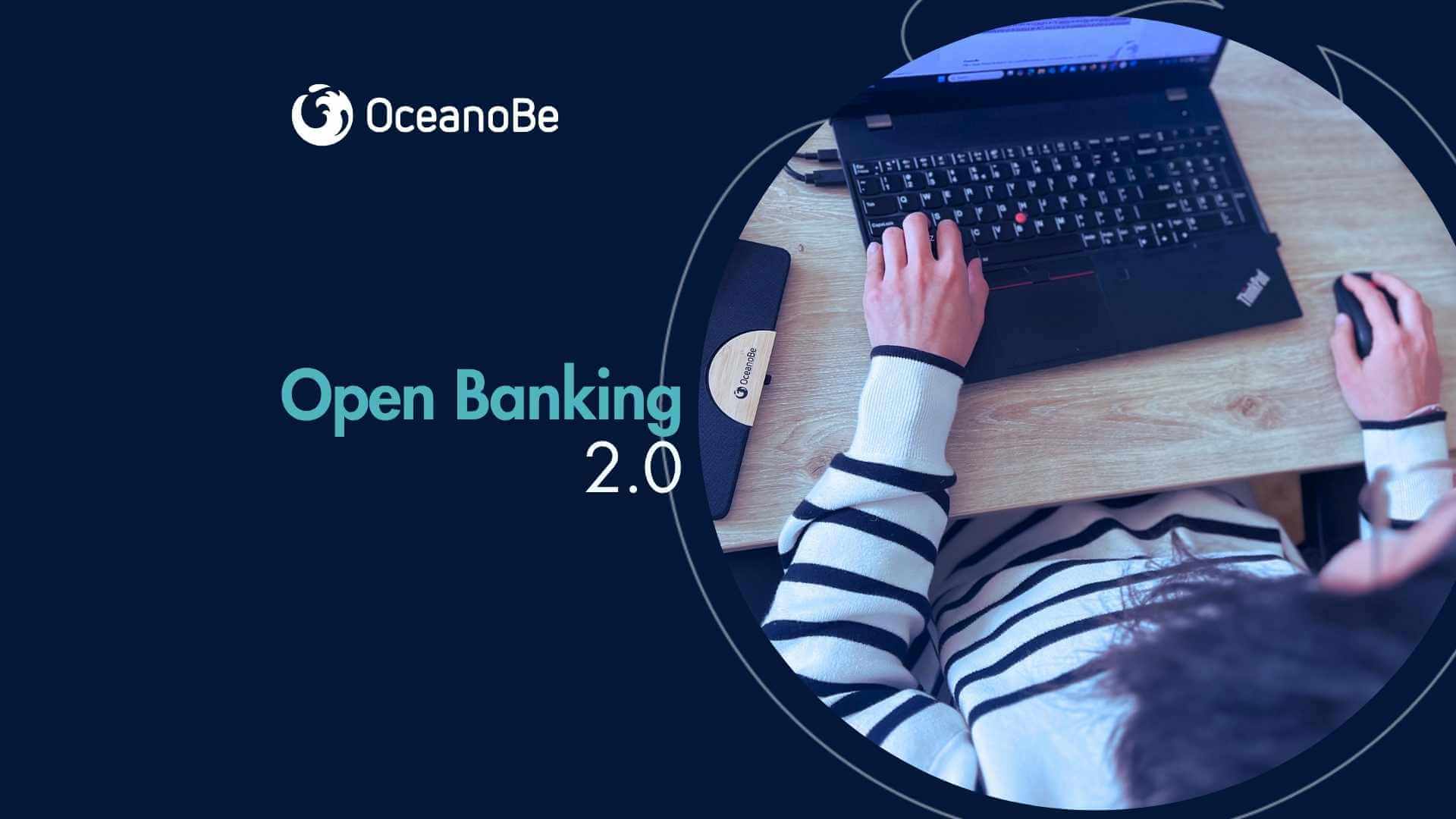Open Banking 2.0
Navigating the Next Wave of Financial Integration
Navigating the Next Wave of Financial Integration

The era of Open Banking 1.0 was largely about compliance. Banks raced to meet PSD2 mandates, launched developer portals, and opened APIs for account access and payments. But the second wave—Open Banking 2.0—is not about ticking regulatory boxes. It’s about creating value: seamless customer experiences, secure real-time data exchange, and new partnership ecosystems that drive revenue and innovation.
Open Banking APIs are evolving from basic account and transaction data endpoints to dynamic, high-performance interfaces that enable embedded finance, smart lending, personalized financial management, and more. The key difference? Banks are no longer opening up because they have to—they’re doing it because they see the upside.
API monetization, partner ecosystems, and customer retention are driving this shift. Modern API management platforms—often built using tools like Kong, Tyk, or WSO2—enable versioning, analytics, throttling, and monetization features. These make Open Banking not just an IT initiative, but a growth channel.
As data-sharing intensifies, security protocols have become more sophisticated. The shift is from static consent models to dynamic, fine-grained consent frameworks that align with GDPR and FAPI 2.0 (Financial-grade API).
At OceanoBe, we’ve can help implement secure OAuth2.0 and OpenID Connect flows with mutual TLS (mTLS) and PKCE, using token introspection and scope-limited access. Our teams integrate consent dashboards that allow users to grant, review, and revoke access in real time, significantly enhancing both UX and compliance.
Zero Trust principles are also becoming foundational: API gateways now validate each request not just by token but by user, device, and behavioral context—a model we support via integrations with Identity-as-a-Service providers like Auth0, Okta, and ForgeRock.
As the EU prepares to roll out PSD3 and the Financial Data Access (FIDA) framework, the focus shifts from bank-centric compliance to ecosystem-wide regulation. Third-party providers, not just banks, will face stricter supervision.
PSD3 proposes stronger rules around incident reporting, customer authentication, and API availability. It also aims to standardize APIs across the EU. This means your Open Banking stack must support:
OceanoBe integrates observability into the heart of Open Banking deployments using Prometheus, Grafana, and Elastic Stack—making compliance an automated, auditable process.
The new wave of Open Banking isn’t just about B2C applications. B2B use cases—like embedded treasury, real-time payroll, and cash-flow-based lending—are gaining traction. This requires modular API design, sandbox environments, and co-development processes.
At OceanoBe, we’ve seen success with co-innovation models where banks provide domain expertise, fintechs drive speed, and a trusted tech partner (like us) orchestrates integration. Through hybrid teams and CI/CD-based governance, we reduce time-to-market for complex APIs from months to weeks.
Open Banking 2.0 is just the prelude. The next evolution—Open Finance—will include pensions, insurance, investments, and more. The boundaries between financial products are blurring, and data portability will become key to customer loyalty.
Our engineering teams design Open Banking platforms with a layered abstraction model—so extending functionality to cover Open Finance domains is seamless and cost-effective.
Open Banking 2.0 is no longer about access—it's about advantage. The banks and fintechs that win this new era will be those that offer fast, secure, and value-generating APIs that partners and customers want to use—not just have to.
At OceanoBe, we combine deep fintech expertise, modern architecture patterns, and secure development practices to help financial institutions stay ahead of the curve. Whether you’re modernizing your API stack or launching your first Open Banking product, we’ll help you navigate the complexity—and build with confidence.